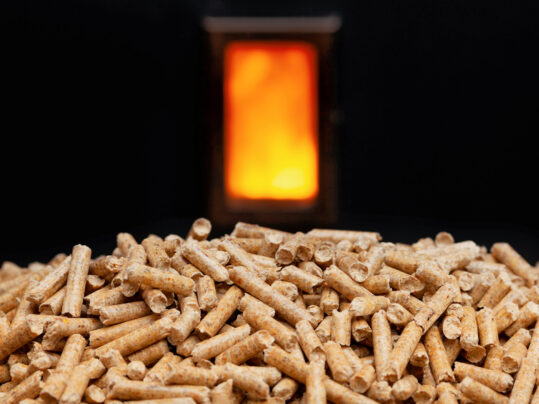
Maximizing the use of alternative fuels in a rotary cement kiln can be an environmentally and economically beneficial practice, as it reduces greenhouse gas emissions, lowers energy costs, and decreases reliance on fossil fuels. However, it also presents several challenges that cement industry must address to ensure safe and efficient operations. Here are some of the key challenges associated with maximizing alternative fuels burning in rotary cement kilns:
Fuel Quality and Consistency:
One of the primary challenges is ensuring the quality and consistency of alternative fuels. These fuels can be diverse, including waste-derived fuels, biomass, and more. Variations in fuel composition, moisture content, and heating value can impact combustion efficiency and kiln performance.
Fuel Handling and Preparation:
Alternative fuels often require special handling and preparation to meet the kiln's requirement. This may involve shredding, drying, and pre-processing, which can add complexity to the fuel supply chain.
Emission Control and Compliance:
Burning alternative fuels can result in emissions of pollutants such as sulfur dioxide (SO2), nitrogen oxides (NOx), Chlorine (HCl) and particulate matter. Cement manufacturers must invest in emission control technologies and adhere to environmental regulations to ensure compliance.
Kiln Stability and Control:
Achieving stable combustion when using alternative fuels can be challenging due to variations in fuel properties. Maintaining proper temperature and airflow control in the kiln is crucial to prevent fluctuations in clinker quality and kiln stability.
Clinker Quality and Composition:
The use of alternative fuels can affect the chemical composition of clinker, potentially leading to issues with product quality and performance. Adjustments to the raw material mix and clinker chemistry may be necessary to compensate for these changes.
Corrosion and Erosion:
Alternative fuels, especially those derived from waste materials, can contain corrosive elements. This can lead to increased wear and tear on kiln components, necessitating more frequent maintenance and replacement.
Safety Concerns:
Handling and storing alternative fuels can pose safety risks due to their flammable or toxic nature. Cement plants must implement rigorous safety protocols and training for personnel involved in fuel handling and combustion.
Investment Costs:
The adoption of alternative fuels often requires significant capital investments in equipment and infrastructure, such as fuel storage facilities, handling systems, and emission control technologies.
Market Volatility:
The availability and cost of alternative fuels can be subject to market fluctuations, making it challenging to secure a stable and cost-effective fuel supply.
Regulatory and Permitting Challenges:
Cement plants using alternative fuels may face complex regulatory requirements and permitting processes. Ensuring compliance with local, regional, and national regulations can be time-consuming and costly.
To address these challenges effectively, cement manufacturers must carefully plan and manage the transition to alternative fuels. This includes conducting thorough fuel quality assessments, investing in appropriate technology and infrastructure, maintaining a strong focus on environmental compliance, and continuously monitoring and optimizing kiln operations. When executed correctly, the increased use of alternative fuels can offer significant benefits in terms of sustainability and cost savings for the cement industry.
If you are looking to a partner that can help you to go through all this challenges, contact us. Our technicians have experience of alternative fuels burning in more than 50 plants around the world.
